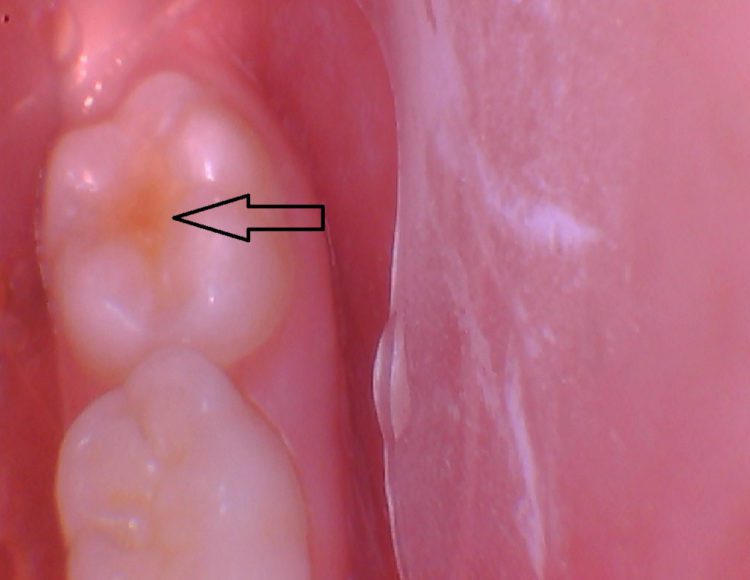Activa BioActiva-Restauradora: Un estudio sobre su efecto protector contra la desmineralización
Por Nate Lawson DMD, MA, PhD
En un estudio reciente de Huang et al., se puso a prueba Activa BioActive-Restorative para examinar su efecto protector. Se restauraron pequeñas cavidades en forma de caja en molares extraídos con Activa BioActive-Restorative y un composite de resina tradicional, ambos con un agente adhesivo. Tras someter los dientes a 30 días de inducción artificial de caries y remineralización, se examinaron con microscopio de luz polarizada.
Activa BioActive-Restorative demostró zonas de protección cerca de la interfase, mientras que el composite convencional mostró más desmineralización. Estos resultados indican la capacidad de Activa BioActive-Restorative para ayudar a proteger los márgenes de la estructura dental de la desmineralización.
Figura 1: Se prepararon pequeñas cavidades en forma de caja en la superficie bucal de molares extraídos.
Figura 2: Las preparaciones se restauraron con Activa Bioactive-Restorative y un control de composite de resina tradicional. Ambos materiales se utilizaron con un agente adhesivo.
Figura 3: Los dientes restaurados se sometieron a 30 días de inducción artificial de caries mediante la exposición repetida durante 4 horas a una solución de ácido láctico (pH=4) y 20 horas de remineralización.
Figura 4: Los dientes se incrustaron en acrílico.
Figura 5: A continuación, los dientes se seccionaron en probetas de 100 micras de grosor.
Figura 6: A continuación, se examinaron los dientes con microscopio de luz polarizada.
Figura 7: Se examinaron los dientes en la interfase entre el material restaurador y la dentina radicular para medir las zonas de desmineralización (que representan caries recurrentes). Los dientes restaurados con Activa Bioactiva-Restaurativa mostraron zonas de protección no desmineralizadas cerca de la interfase con Activa Bioactiva-Restaurativa.
Figura 8: Los dientes restaurados con un composite convencional mostraron más desmineralización cerca de la interfase con el composite que las zonas alejadas del composite (conocidas como lesiones de pared). Estos resultados indican que Activa BioActive-Restaurative es capaz de ayudar a proteger los márgenes de la estructura dental frente a la desmineralización.





